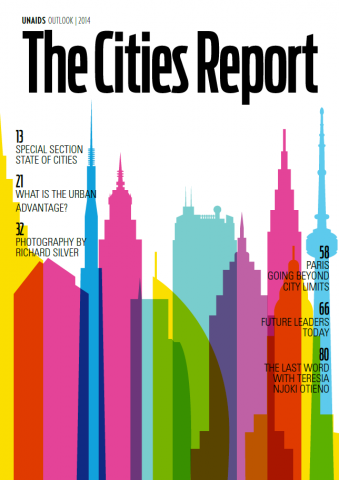قائمة الامور المطلوب مراعاتها للسلامة من الفيضان
تعتبر الفيضانات من الكوارث الطبيعية الأكثر وقوعا وكلفة. الحالات التي تسبب في وقوع الفيضانات تشمل الأمطار الغزيرة أو المتواصلة للعديد من الساعات أو الأيام التي تشبع الأرض. كما تقع السيول الجارفة بشكل مفاجئ بسبب ارتفاع مستوى المياه وبسرعة على طول مجرى أو منطقة منفخض. هذه القائمة تحتوي علي طرح إجابات على الأسئلة التالية ماذا ينبغي […]
قائمة الامور المطلوب مراعاتها للسلامة من الفيضان Read More »

